The route’s been unveiled and so time for some quick stage-by-stage notes. It looks like a hard edition with some promising “new” roads saved for the final weekend.
The race will take place between Sunday 4 June and Sunday 11 June.
Stage 1
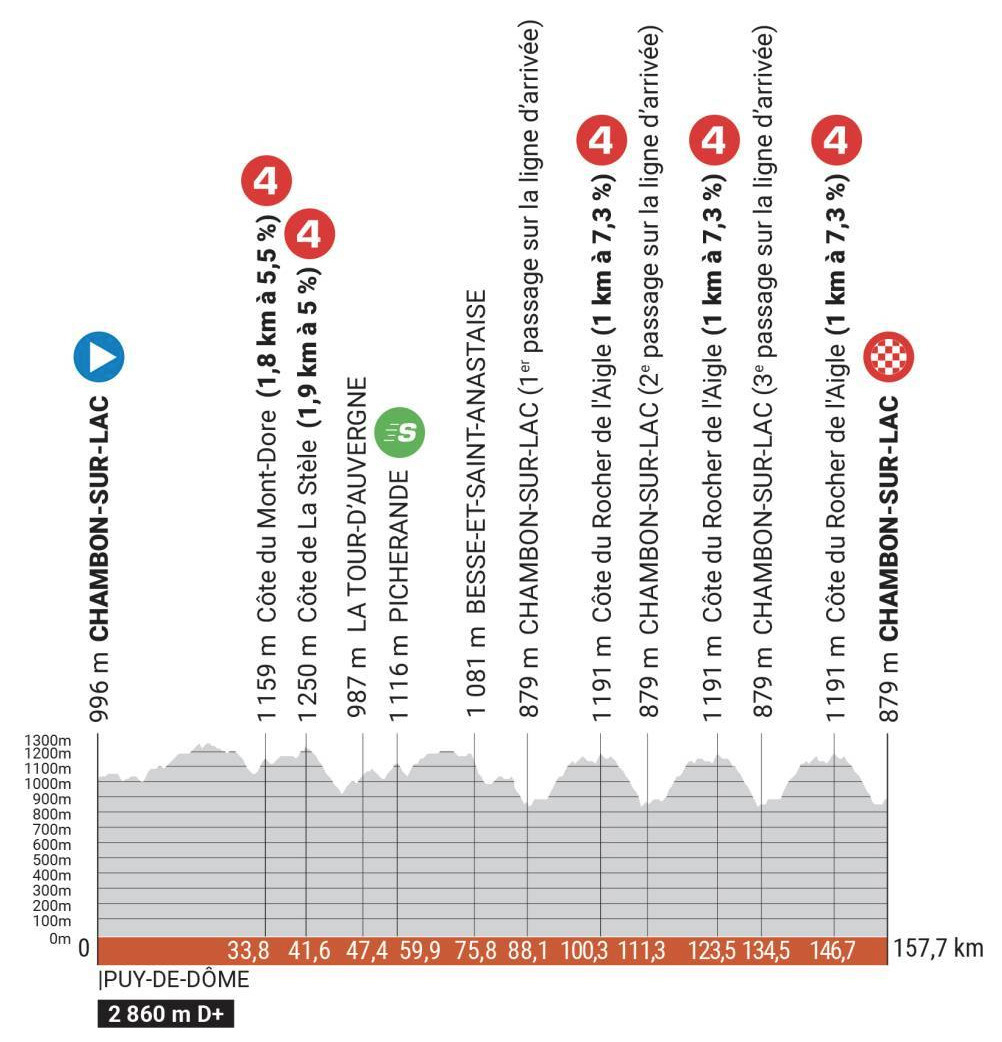
Already announced last month, the opening stage takes place on the flanks of the Massif du Sancy, the area visited by the race last year when David Gaudu mugged Wout van Aert in the sprint and also on roads that the Tour de France will borrow in July when it will also use bigger mountain passes during Stage 10. All this isn’t a coincidence, the region wants to promote the area. First a big loop towards Le Mont Dore, then four laps of a finishing circuit. It’s a lumpy stage with some small roads but nothing fierce.
Stage 2
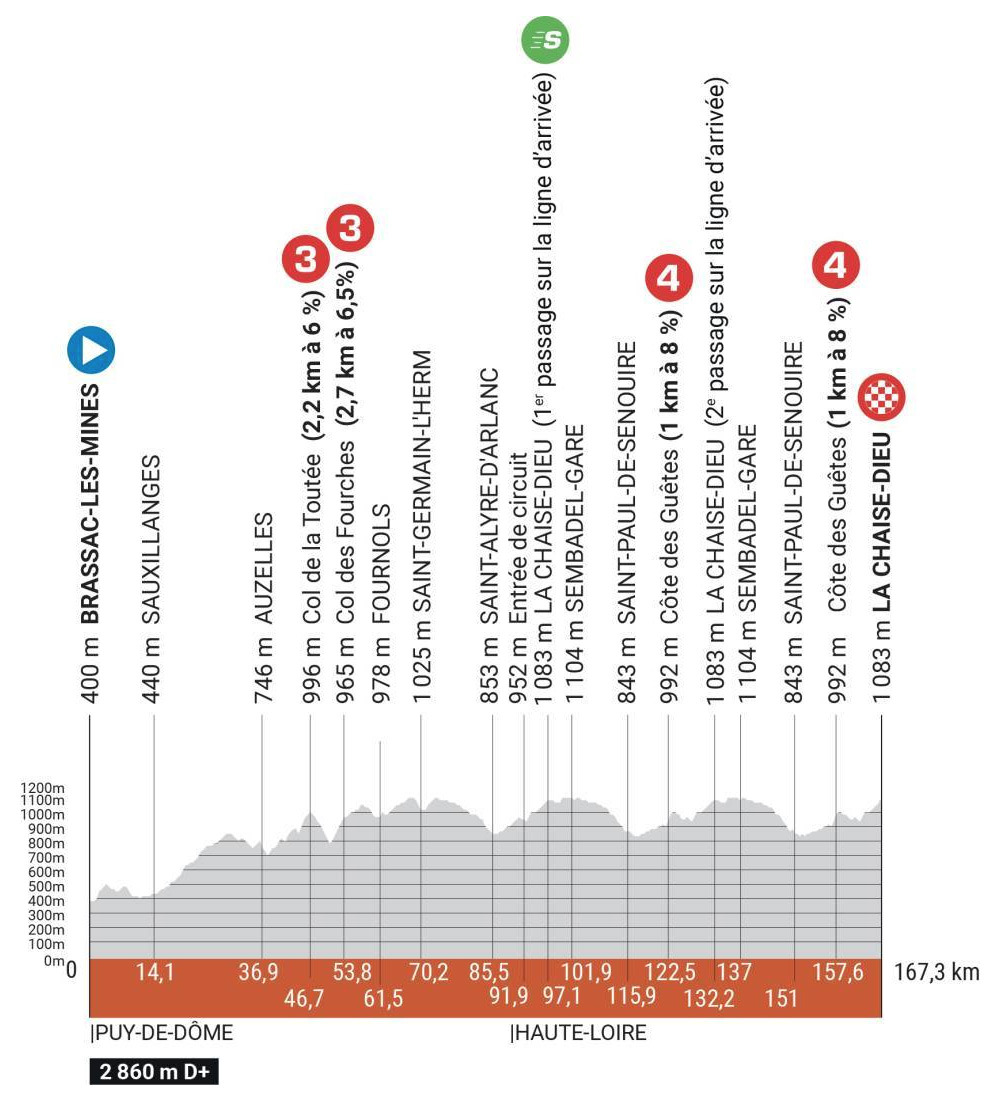
Another hilly day in the Auvergne region, another course with a finishing circuit that avoids some of the bigger climbs. Who ever won the previous day has a good chance of striking again today. If you want detail in the finishing circuit, note Saint-Paul-de-Senouire is Saint-Pal, and the Côte des Guêtes is the D20 road to the village of Connangles, a regular wide road.
Stage 3

Not to name names but recent editions of the Dauphiné have been so hilly that sprinters have shown up, collected their road book and discovered there’s not a single stage for them; at least they got a week to work on their climbing ahead of the Tour. This stage though does suit the sprinters, if any attend.
Stage 4

A 31km time time trial, one third longer than the Tour’s TT quasi-mountain time trial stage. This is no dragster course but still suits the specialists with a 10km false flat up to the finish, all through rural farming country full of charolais cattle.
Stage 5

If it’s late into the Tour de France and you get a sense of déjà vu it could because of memories from this stage as it overlaps with the route of Stage 19 on the way to Salins-les-Bains, a spa town once renowned for its salty waters and today the kind of place you might ride through and remark on its charms but conclude that it’s seen better days. The final climb is hard, a forest backroad to Thesy that should select the winner before a fast descent on a wider road.
Stage 6
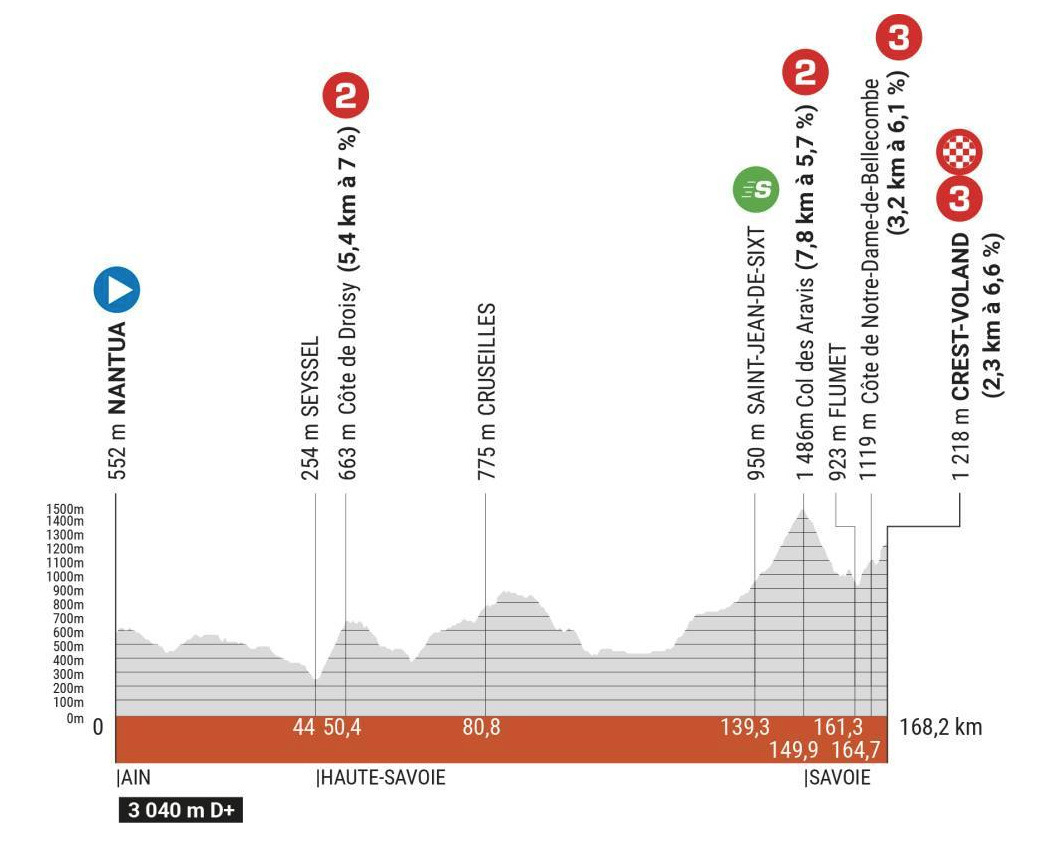
Out of the Jura and into the Alps, the graphic above suggests not much is happening until late but the route will sap the riders. The big question is will much happen later on? The Col des Aravis is a big ring climb but that just means the speed is higher before the finish to Crest-Voland, half way up the Col des Saisies with a finish at 1,218m. The final climb’s got a hard start but in avoiding the whole climb it’s a bit of a softer stage that’s open to all, someone from the breakaway will fancy their chances.
Stage 7

4,000m of vertical gain in under 150km and you can see the substantial flat sections, it’s really 4000m in 100km which is beaucoup. The Col de la Madeleine is a staple of the Dauphiné and Tour de France over the years leading the riders over to the Maurienne valley. Then comes the Croix Fer summit finish. But look closely and it’s via Albiez-le-Jeune to the Col du Mollard and this route from Villargondran is a “new” way up for the sport – used in the 2015 Tour de l’Avenir – the road has about 45 hairpin bends – double Alpe d’Huez’s 21 in less distance – before picking up the main road to the Croix de Fer and a very hard slog to the top.
Stage 8

If life should ever bring you to Grenoble with a bike, this is a textbook ride to do in a day. Starting in the suburb of Pont-de-Claix, it’s up the Isère valley via the balcony road to the Col des Mouilles before dropping to the valley and then comes the glorious Chartreuse Trilogy with a side route up Mont Granier before the Cucheron and Porte and the descent back to Grenoble.
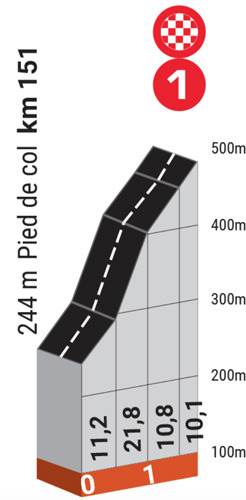
It’s here the race reprises the climb of the Bastille above Grenoble. It’s not a new road but almost as nobody in today’s peloton has done it. Used seven times before, the last occasion was a prologue in 2000 but it’s probably infamous for the finish in 1977 when Bernard Hinault – who’d taken a few wins but was still just a promising rider – was leading solo in the yellow jersey but descending the Col de Porte, crashed at speed on a bend and had to be pulled out of the woodland below the road and was put back on his bike. He completed the rest of the descent and rode to the Bastille where he got off his bike, shouting “I want to quit” but his manager Cyrille Guimard put him straight back on the bike and he won the stage and race. If Bernard Hinault wanted to give up it suggests it’s hard and it is.
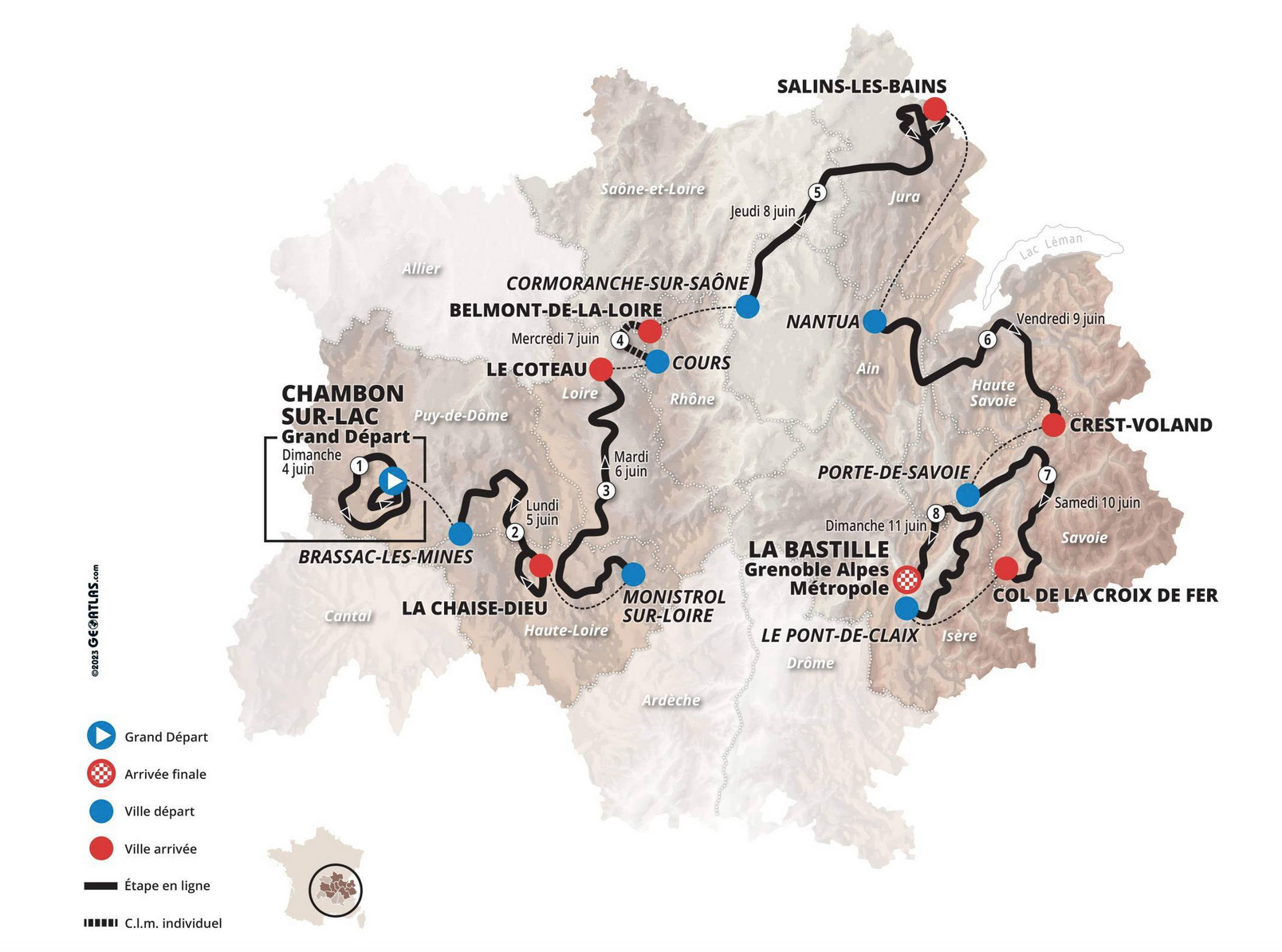
Teams
The World Tour 18, plus Lotto-Dstny, Total Energies, Israel and Uno-X. The same teams will do the Tour de France.
The Verdict
This race sprawls over the entire Auvergne-Rhone-Alpes mega region and this year’s edition even crosses in the nearby Bourgogne-Franche-Comté too rather than sticking to the actual Dauphiné area as the name suggests but a rant about this will be saved for when the race is actually happening in June. Otherwise this is an enticing route because of the final weekend. The start is a bit plodding, scenic but without much more but the time trial stage will shake-up the GC, the stage to Salins should have a lively finish. It’s the last two stages that stand out, the hairpin-heaven ascent of the Croix-de-Fer is a novelty but also strategic, the twistier a climb the more a rider will pay for not being at the front. The final stage offers plenty, traditionalists might long for a 250km stage but they don’t happen any more in the Dauphiné, instead this is another concentrated stage with few moments to rest, all before the vintage climb to the Bastille.
We’ll have to see who rides – update: Friday’s L’Equipe reports Vingegaard, Carapaz, Adam Yates, Gaudu, Dani Martinez , Alaphilippe, Hindley, Landa among others – but the course shouldn’t leave much doubt about the winner, a 30km TT and two solid, if compact, mountain stages. Last year’s edition didn’t scream Jonas Vingegaard but looking back with hindsight at the body language atop the Plateau de Solaison and there was a message, no?


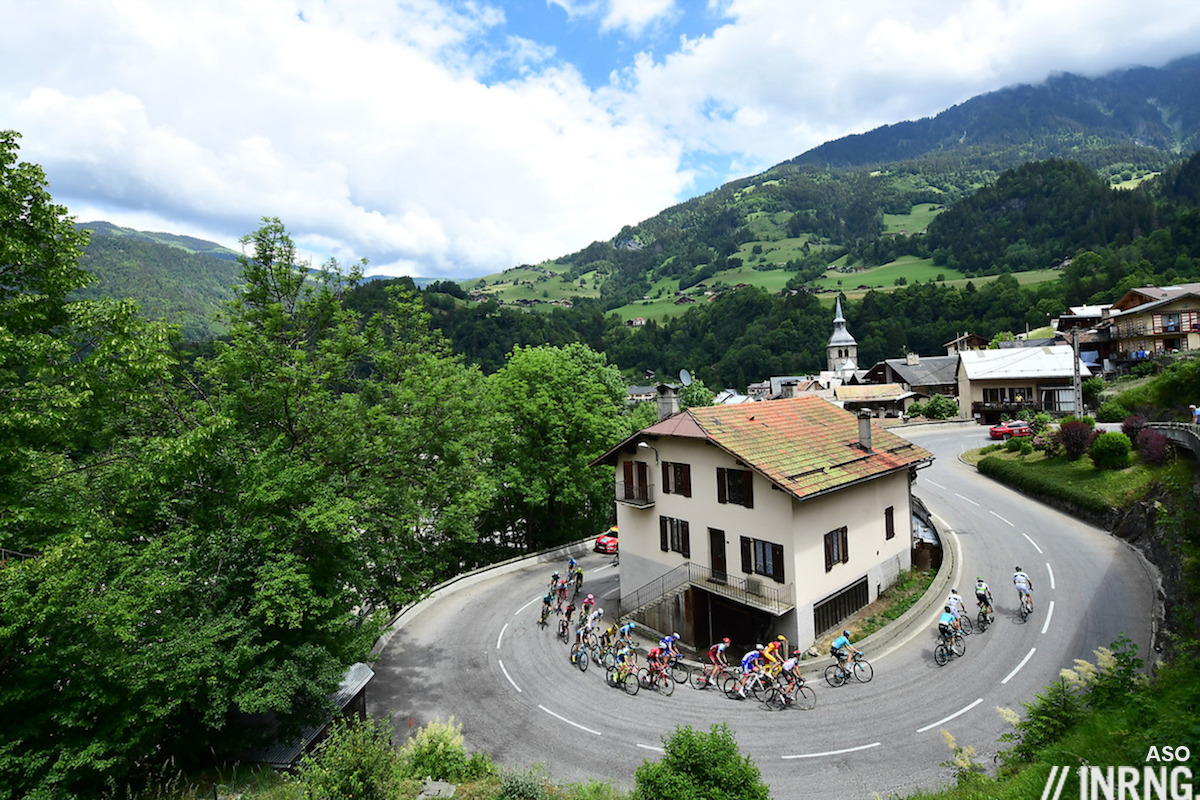
Thanks for the post (two times though for stage 4, I see – a time time trial) – as sprinter friendly as the Tour? Cav has not picked a good year to get his elusive next win. Otherwise, could be an interesting race with the parcours, although June seems a long way away now.
The sprinters are having it tough at the moment as race organisers try to ensure they don’t have as many predictable sprints as they once did.
Frankly, it’s also about the sprinting field having so little to offer these days. It’s something which goes changing from time to time and pretty much random, too; but just check the huge generation of time-triallist we’re having now to have a term of comparison. Although ITTs might be labelled as “boring” (more or less boring than any *obvious* sprint stage?), having an impressive level of competitors will always be a “temptation” for the organiser, and a treat for the fans. I’m following right now with a good deal of interest the Algarve ITT, whereas the “uphill finales” of the same race only deserved from me a quick last few kms replay, and I didn’t really feel I had lost anything at all.
Who would have guessed Martinez woud do so well? Ineos new plan B if Bernal falters?
The UAE Tour begins Monday so we’ll see who can sprint (only Jacobsen seems missing of the specialists).
He had decent ITT scores since his juvenile times, but I’d never expect such an impressive performance. He’s always been a huge athlete, and you don’t win Itzulia by chance (unlike Dauphiné 😛 …back in topic).
Rod Ellingworth tells CN,”Dani is our main focus for the Tour at the moment” so bit more then plan B!
There is indeed significant body language in that photo. Roglic appears to be losing balance and about to crash. Luckily for Roglic, Vingegaard appears to be holding him up.
That 40 hairpin road sounds fun… to descend.
Locals must enjoy it, it’s a quieter side road for the Croix de Fer with little traffic so you can enjoy it up or down.
As an aside, the Tour has it’s hairpin descent, the Col du Tra on Stage 17 with about 30 hairpins and in random order compared to this one.
The Bernard Hinault crash, and subsequent drama on the climb of the Bastille:
https://www.youtube.com/watch?v=DMbOJgRa5Io
“A crash of several meters, but fortunately without seriousness …”
Thanks for posting the link!
Very lucky with the crash and it appears quicker to walk up the finish (though nowadays all the help from spectators would mean a fine, I would guess) or go cyclocross style.
As the video explains, Hinault also got a back wheel change and it’s possible they only had some spare wheel for him with the wrong gears. Back in the day a 23T sprocket was probably frowned on almost so he could have got a 13-21 or 13-19 and no wonder he was in trouble. For today’s riders almost any slope can be tamed because of compact gears, big cassettes etc but having the punch needed for this at the end of the week and after plenty of climbing, that’s the hard part.
No wonder he was upset! If it goes as Jumbo plan, this steep ending will be irrelevant GC wise and just an amusing epilogue (amusing for the spectators not for the riders).
Stage 1 circuit and loop out to Mont Doré; the D36 is closed for works so look out for some smooth riding (and don’t go there right now)
On the subject of springs, there’s one up the valley West out of nearby Besse called Source Goyon. It’s so ferruginous it tastes like Irn Bru but without the sugar.
And this stage could see a right battle to get an early GC lead if both Pogacar and Vingegaard are present.
Pogacar has the most wins … already!
Perhaps too many, and he’s also probably already too skinny. I’m a big fan so I hope I’m wrong, and at least we can be sure he hadn’t a “bad winter”, which isn’t any good, either, but you normally can peak a given number of times each season… and being so strong so early might even mean you won’t be as much in, say, one month later, or, even more important, six o seven weeks later. But maybe he’s only at his 80% – well, I sort of doubt it.
Interesting Pogacar interview on El País this morning:
https://elpais.com/deportes/2023-02-21/tadej-pogacar-las-victorias-mas-espectaculares-llegan-cuando-haces-algo-loco.html
Says he won’t do Strade Bianche, although PCS lists him. Misunderstanding or what?
Main Spring targets, Sanremo and Ronde. TDF his main focus (obviously enough).
About Granon’s stage, he says the main factor was that he wasn’t able to take in all due carbo because of frantic racing (the journalist insist on the matter from different angles, sort of doubting about the explication, but Pogacar looks convinced); and on Galibier both Rogla and Vinge were attacking very hard and he felt that he had to keep them under control because he wasn’t sure about the position of every rider any given time (WVA?). He knew from the very first moment he was trapped and only thought about going on and on despite understanding it would be very difficult to win.
I am inclined to take him at his word but not convinced that he had his head where it should have been. Bursting a boiler to win a stage because his girlfriend was there was a bit silly.
Sounds like Pogacar is making up his own schedule depending on how he feels. Where’s UAE team management?
I did post about a team nutritionist who explained exactly what happened (physiologically) – I see it was Israel PT’s Gabriel Martins on CyclingUpToDate. People forget that Pogacar attacked some 4km from the top of the Galibier to drop Jumbo riders (Roglic had already been dropped) and this was the big mistake.
I read it, and surely I share the basic point about having to react to multiple attacks by different riders as a main factor (which is also what Pogacar said); yet, that it is no different from old-school cycling common sense (it’s not like the physiology of glycogen in sport isn’t well-known since long ago). What’s rather new, and what Martins curiously plays down, is that high-calories nutrition now plays an unprecedented role, as often reported by inrng but also by generalist press, which also implies that missing any part of such a radical intake strategy might have a negative impact way superior to what we’d naturally expect. And that’s where I suspect that Martins is oversimplifying…
Now he officially confirmed he’ll skip Strade Bianche, which is a true shame for all cycling fans, and “try to be good in Classics, then all eyes on TDF” (CN). So, apparently team management answered to rob’s call above, maybe prompted by some sort of ASO nudging. Frankly, once I saw the shape which Pogi brought into Andalusia races, I started to be afraid that something like that had been boiling behind the offseason curtain. Worst news for the sport and for Pogacar, too. I understand it all, of course, but in the long term it’s not winning more TDFs which can make him special. To express it from an extreme and paradoxical POV, the Ronde he lost was probably more significant in sporting terms than the first TDF he won. The previous monster talent we saw emerging after the 2005-2015 generation, i.e. Sagan, will go down in history as a great character, no doubt, but also a wasted talent as long as potential palmarés is concerned – which is worst, not wasted because of hard circunstances or human flaws of sort (like, say, Maertens or Fuentes or Ocaña), but because of the calendar his sponsors chose for him. A great rockstar who wasn’t burnt by drug or depression (which is great news in itself, of course!) but by a drought of creativity due to too much tours, too much “best of”, too many photo opportunities…
Not what I’d wish for Pogacar (or Van Aert).
A great cyclist should never let himself be guided by the decisions of mediocre managers. Yes, there are great managers, too, but they are as rare as great cyclists, and they aren’t that good they are more harmful than any single mediocre athlete… Besides, and this is normal enough, the interests of a TM aren’t surely the same of their athletes’ or the sport’s. Not even by far.
So now it’s cycling’s version of “Where’s Waldo”? Seriously, from the Sporza interview, “From now it’ll only be hard, important races”, Milan-San Remo, Flanders & TdF are the only certain things at the moment, but who knows? Urška Žigart claimed his schedule, “been laid out way before” so why the messing around?
Why? Money, broken agreements, opposed stances within the team, afterthoughts whatever… the team apparently reached an “agreement”with ASO re: Pa-Ni (and more?) in December, the rest is indeed a mystery.
Just had a look at Pidcock descending the Tuna Canyon road … he has the reflexes of a cat. (at the end I thought I was watching It’s a Mad, Mad, Mad, Mad World)
Absolutely frightening. I don’t enjoy watching the pros racing down mountains, because brilliant as they are it – albeit mostly not on Pidcock’s level – one small error can be fatal. Paradoxically I quite enjoy riding descents, maybe because I don’t feel like I have to be on the ragged edge all the time.
Back almost on topic, I went off the road and was saved by a gravel car park, on the other descent off the Col du Mollard (towards St Jean) last summer. These descents are great fun right up to the moment that you carry in too much speed and/or miss the apex. I was a little more cautious the rest of the way down!